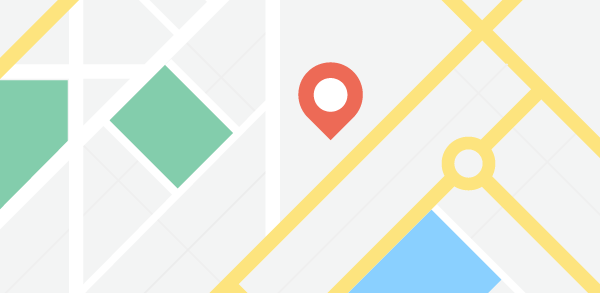Histoire, langue et culture Kotli
The population of Togo is made up of about 30 ethnic groups, many of whom are immigrants from other parts of western Africa. The groups indigenous to Togo live in the north and southwest.The northern groups include the following Gur-speaking peoples: the Gurma, the Natimba, Dye, and Konkomba the Tamberma, the Basari, the Moba, the Losso (Naudem), the Kabre and Logba and the Lamba (Namba), a small number of Atlantic-speaking Fulani and the Kebu (Akebu). In the southwest the indigenous Kwa peoples also belonging to the central Togo group are the Kposo (Akposso), the Adele, and the Ahlo. The Ewe, who emigrated from Nigeria between the 14th and 16th century, form the major ethnic group. There are also some scattered Yoruba, mainly Ana. Groups who emigrated from present-day Ghana and Cote d’Ivoire since the 17th century include the Mina (Ga and Ane), the Ga-Dangme, the Kpelle and the Anyama, the Chakosi, and the Dagomba. The northern groups the Kotokoli (or Temba), Gurma, and Mossi entered mainly from Burkina Faso. Most of the country’s non-Africans the majority of whom are French live in Lome. Brazilians, or Portuguese of Brazilian birth, constituted the original trading settlement in Togo, and today African-Brazilians are closely associated with economic and political development. The official language is French, although it is not widely spoken outside of business and government. Widely spoken indigenous languages belong to the Niger-Congo language family and include Ewe in the south and Kabiye in the north.



